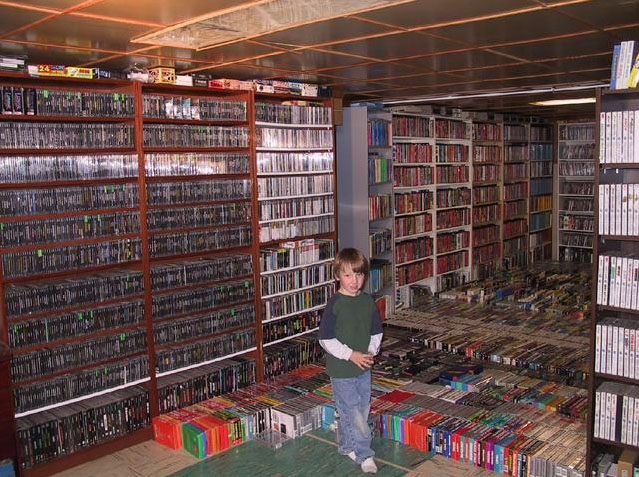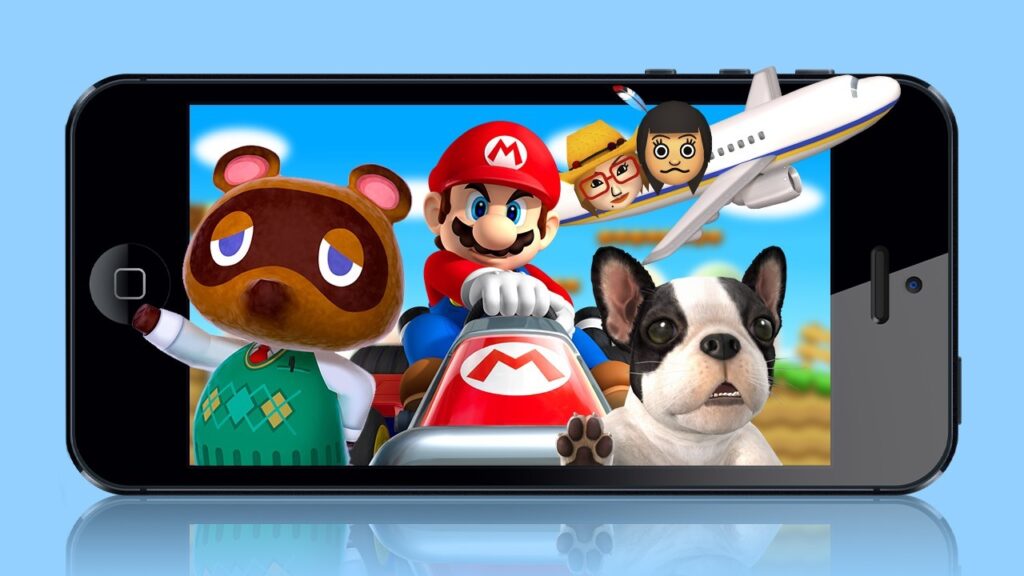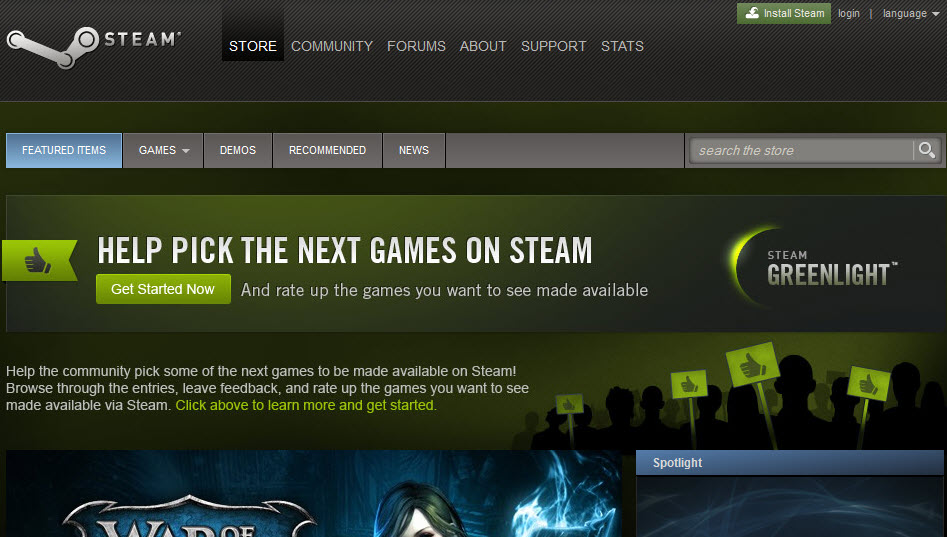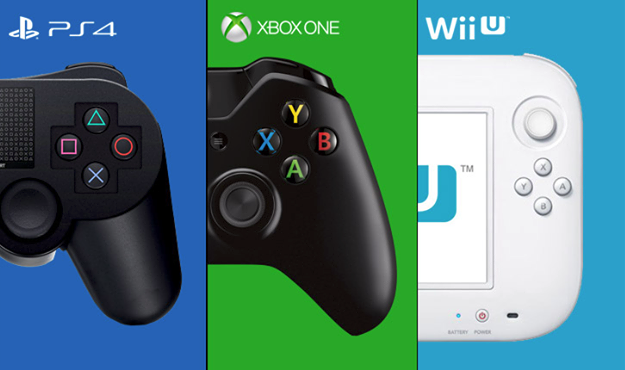
One of the most important decisions every development team has to make is what platform their game will be made for. Unlike a decade or two ago when there weren’t a whole lot of choices, these days there are more platforms than ever competing for gamers. And no matter how amazing your game is, making it for the wrong platform can spell disaster.
The good news is that choosing the correct platform can have the opposite effect. Few would argue that Rovio Entertainment isn’t very happy that they put Angry Birds on mobile instead of consoles or PC. That is why it’s important to study the state of every market today in hopes of predicting where your game will receive the most attention. This is of course easier said than done but not impossible!
Mobile (iOS, Android)
The Good: Massive Potential Audience
A lot of video game developers are trying their luck in the mobile game market for one simple reason—it’s huge and still growing. Everywhere you look someone has a smartphone, which means a potential buyer for your game. This is why big game companies like Konami and Bethesda are showing more and more interest in this market. Even Nintendo is finally making the jump!

The Bad: Tons of Competition
With hundreds of new games releasing every day on the App Store and other mobile platforms, your game will have plenty of competition no matter when it is released. This means that extra work will have to be put in to get your game noticed and stay relevant. While the challenge is great, those who succeed end up having thousands (if not millions) of people downloading their title.
PC (Steam)
The Good: Easy Access
Thanks to Valve’s popular game distribution software, it has become easier than ever to release a game on PC. Steam Greenlight and Early Access have allowed plenty of small developers to gain exposure and sell tons of copies, all while receiving valuable feedback about their games. If your game is good, you won’t have trouble finding people to check it out on Steam.

The Bad: Oversaturation
One of the biggest gripes people have about Steam, particularly their Greenlight program, is that it’s become easier and easier to get your game accepted. This means that if you game was greenlit to be sold on Steam, you can be sure that several dozen other games, perhaps of inferior quality, were also accepted. This has made it very difficult for team developers to keep their games relevant and at a place where people will actually discover it.
Consoles (PS4, Xbox One, Wii U, PS3, Wii, Xbox 360)
The Good: More Attention
Although Microsoft, Sony, and Nintendo have recently begun welcoming indie games with open arms, their digital game market is far from being overcrowded. This means that if your game becomes a downloadable title on Xbox Live, PlayStation Network, or the Nintendo eShop, it will receive a lot more attention than anywhere else. This is why a lot of developers who found success in other markets eventually try to port their titles to consoles.

The Bad: Development Challenges
If an indie game will get more attention on consoles, then why aren’t more people developing for them? The simple answer is that it’s not easy. The next time you check out a Kickstarter game campaign, take a look at how much they want for their Xbox One or PlayStation 4 stretch goal. Making a game for consoles is a timely, costly, and challenging task, which is why most small teams would rather take the mobile or PC route.
[su_note]Learn the skills you need to succeed as a game designer at the Game Design School at the New York Film Academy by clicking here.[/su_note]
